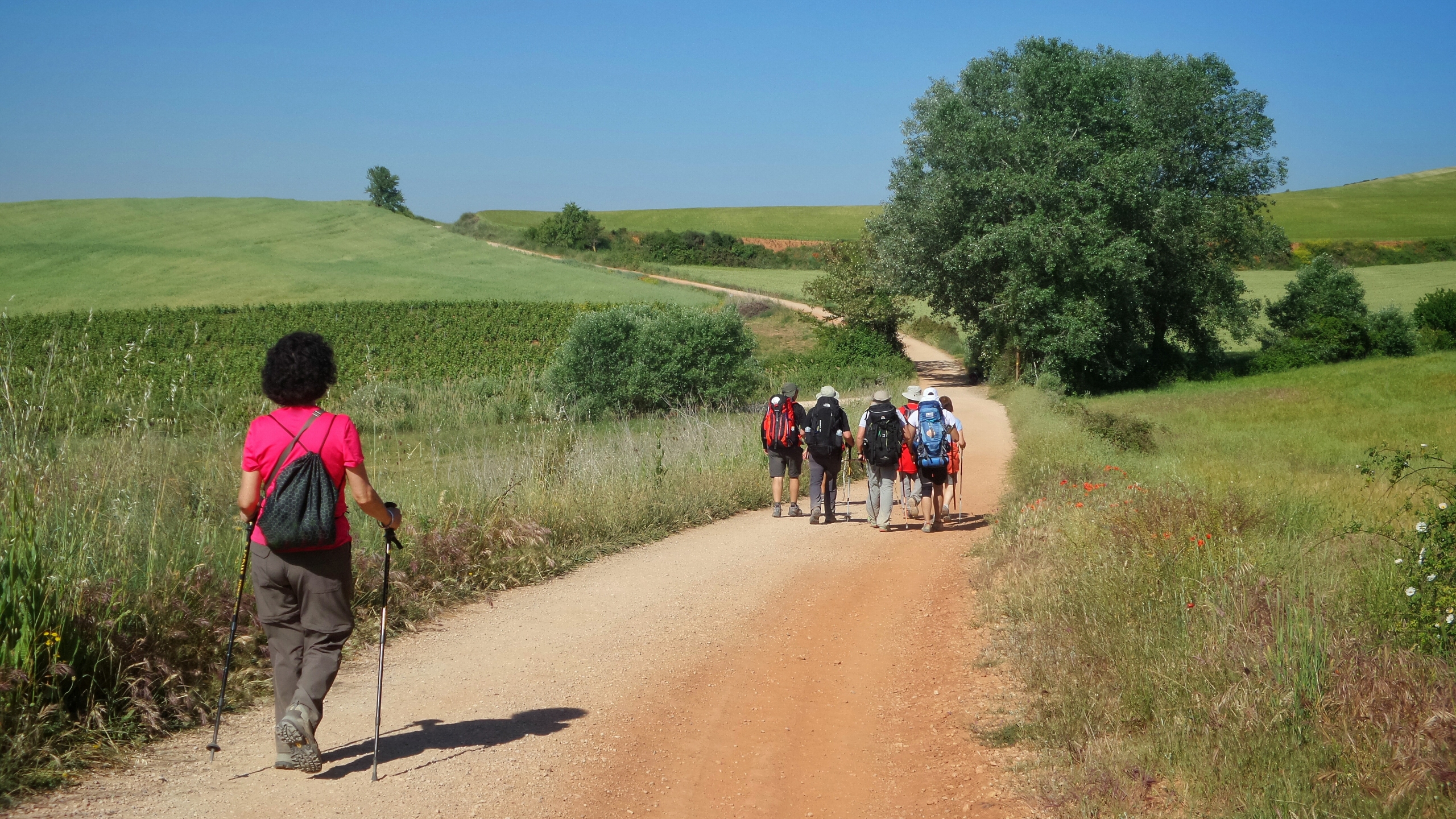Embarking on a pilgrimage presents travelers with a pivotal choice: journeying alone or in a group. Each path offers distinct experiences, benefits, and challenges that shape the pilgrimage in unique ways.
Solitary Pilgrimage: The Inner Journey
Choosing to walk alone allows for profound introspection and personal growth. Without external distractions, pilgrims can engage deeply with their thoughts and emotions, fostering a heightened sense of self-awareness. This solitude often leads to increased creativity and problem-solving abilities, as the mind is free to wander and reflect. Additionally, solitary walking can reduce stress levels and enhance overall well-being, providing a natural mental reset.
However, solo pilgrims may face challenges such as:
- Self-Motivation: Without companions to encourage them, individuals must find inner strength to persevere through difficult moments.
- Safety Concerns: Navigating unfamiliar terrains alone can pose risks, making thorough preparation essential.
- Loneliness: Extended periods without social interaction can lead to feelings of isolation for some.
Group Pilgrimage: Shared Experiences
Walking with others transforms the pilgrimage into a communal journey, offering opportunities for bonding and mutual support. Group dynamics can enhance motivation, as members encourage each other to maintain the pace and overcome obstacles. The social interactions inherent in group settings can also alleviate feelings of loneliness and contribute to improved mental health. Moreover, shared experiences often lead to lasting friendships and cherished memories.
The art of kindness: keeping friendships while traveling in groups
Nonetheless, group travel comes with its own set of challenges:
- Pacing: Aligning the group’s speed to accommodate all members can be difficult, requiring compromise and patience.
- Decision-Making: Reaching consensus on routes, rest stops, and other logistics necessitates effective communication and flexibility.
- Social Dynamics: Spending extended periods together may lead to conflicts or stress, highlighting the importance of empathy and understanding.
Scientific Insights on Walking Alone vs. in Groups
Research indicates that both solitary and group walking have unique benefits. Walking alone in natural environments has been associated with enhanced psychological and emotional well-being, improving attention and positive emotions while reducing stress.
Conversely, group walks, especially in natural settings, have been found to significantly improve mental health, reducing depression and enhancing overall mood. These findings suggest that the choice between walking alone or in a group depends on individual preferences and desired outcomes.
Making the Choice: Personal Considerations
When deciding between a solitary or group pilgrimage, consider the following:
- Personal Goals: Are you seeking introspection and personal growth, or do you value shared experiences and social connections?
- Comfort Level: Do you feel confident navigating challenges alone, or do you prefer the support of a group?
- Flexibility: Are you willing to adapt to others’ needs and schedules, or do you prefer setting your own pace?
Ultimately, there is no right or wrong choice. Some pilgrims may even blend both approaches, starting alone and joining groups along the way, or vice versa. What matters most is aligning your choice with your personal aspirations and comfort, ensuring a fulfilling and enriching pilgrimage experience.





